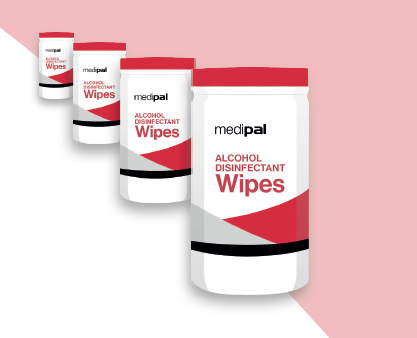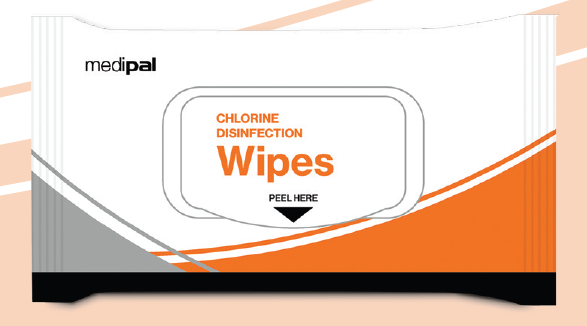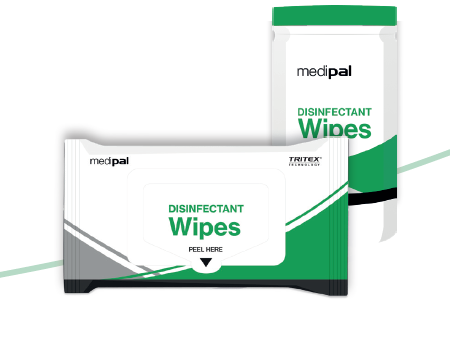Campylobacter is considered to be the most common bacterial cause of human gastroenteritis in the world. We’ve put together this short guide of key information, with links for further guidance.
WHAT IS CAMPYLOBACTER?
Campylobacter is a bacteria that causes food poisoning. The two most common types are C. jejuni and C. coli and these cause the most infections. The bacteria live in the gastrointestinal tract of mammals.
People tend to get it from:
- Raw or undercooked meat, especially poultry
- Unpasteurised milk
- Untreated water
Other causes include contact with pets that have diarrhoea or with livestock. Bacteria can also spread through poor hygiene in food preparation. For example, if you don’t wash your hands, you can spread bacteria from chicken to salads.
Campylobacter is 1 of 4 key global causes of diarrhoeal diseases and is considered to be the most common bacterial cause of human gastroenteritis in the world. The incubation period is usually 2 to 5 days, but it can be as short as 1 day and up to eleven days.

WHAT ARE THE SYMPTOMS OF A CAMPYLOBACTER INFECTION?
For most people, the symptoms are relatively mild and improve within 2-3 days. About 9 in 10 affected people recover from the illness within one week.
The characteristics of Campylobacter infections include:
- Diarrhoea (frequently bloody)
- Abdominal pain
- Fever
- Nausea
- Sometimes vomiting
More severe illness can occur, including bloodstream infection and symptoms mimicking acute appendicitis or ulcerative colitis. In some cases, campylobacter infections can cause complications, such as irritable bowel syndrome and arthritis.
Diarrhoea and vomiting may cause dehydration. Patients should therefore drink extra fluids to combat this and contact a doctor if symptoms persist beyond a few days.

HOW TO PREVENT A CAMPYLOBACTER INFECTION?
Most Campylobacter infections occur after someone eats raw or undercooked poultry or another food that has been cross-contaminated by raw or undercooked poultry. There are a number of things you can do to ensure food safety:
- Wash your hands thoroughly with soap and water before, during, and after preparing food, to avoid the harmful germs and cross-contamination.
- Keep certain foods separate as one of the main ways Campylobacter is spread is by cross-contamination from raw chicken. Always keep raw poultry away from other foods and use separate cutting boards and utensils when preparing raw meat.
- Cook food at the right temperature as cooking meat thoroughly usually kills the bacteria. Be extra careful with poultry and cook to reach a minimum internal temperature of 75°C.
- Drink pasteurised milk. Campylobacter can also be found in raw unpasteurised milk, so avoid this and instead opt for pasteurised milk.
- Don’t drink untreated water whilst travelling as this is a common cause of a Campylobacter infection. This includes ice cubes and salad washed with tap water.

WHAT ARE THE TREATMENT OPTIONS?
Most infections are self-limited and people recover from Campylobacter infection without antibiotic treatment. Patients should, however, drink extra fluids as long as diarrhoea lasts.
Some people might need antibiotic treatment, especially people living with other underlying health conditions or those within an at-risk group. These people include those who are 65 years or older, pregnant women, and people with weakened immune systems, such as those with a blood disorder, with AIDS, or receiving chemotherapy.
Treatment is not generally required but if symptoms persist or worsen over time then sufferers are advised to take precautions and visit their doctor, who may prescribe antibiotics or fluid and electrolyte replacement, depending upon the severity of the infection.

ARE THERE ANY VULNERABLE GROUPS?
Anyone can become infected with Campylobacter but infection is more common in males, children younger than 5 years, and people 65 years and older.
Complications are uncommon in developed countries and are more likely in the very young or in the elderly. They are also more likely if you have an ongoing (chronic) condition such as diabetes or if your immune system is not working normally.
Campylobacter is more prevalent in developing countries and infections in children under the age of 2 years are especially frequent, sometimes resulting in death. The higher rate of infection, as well as its duration and possible complications, make it important from a socio-economic perspective.
WHERE TO FIND MORE INFORMATION?
There are many useful resources available on both Campylobacter bacteria and the infection it causes. The below websites provide advice and information on avoiding the bacteria, spotting symptoms, and how to treat an infection.
MANAGING THE THREAT OF CAMPYLOBACTER
As a foodborne pathogen, campylobacter is usually avoidable and can be prevented by adherence to food safety standards.
Poor sanitation in the developing world makes it a higher risk but elsewhere common-source outbreaks account for a rather small proportion of cases. The vast majority of reports refer to sporadic cases, with no easily discernible pattern.
Foodborne bacteria like campylobacter can be spread by cross-contamination, so it’s important to separate animal products from fruit and vegetables.
It can also be transferred person to person through poor hygiene. This includes things like failing to wash your hands properly after going to the toilet or after handling pets.

Campylobactor
Download





